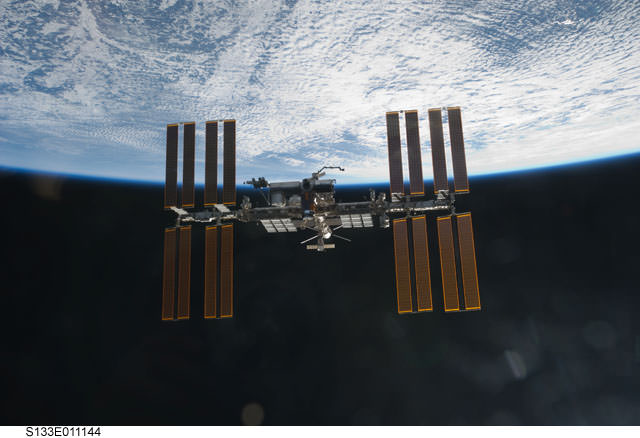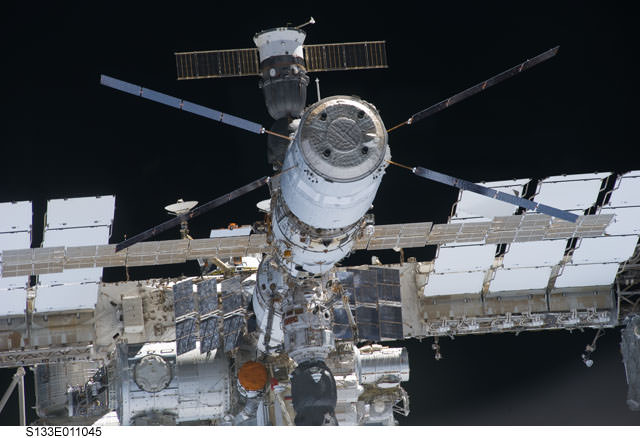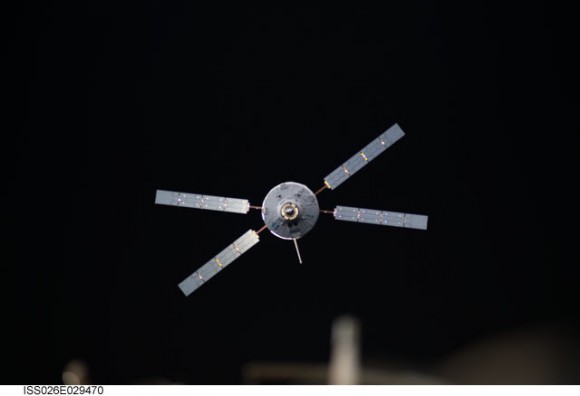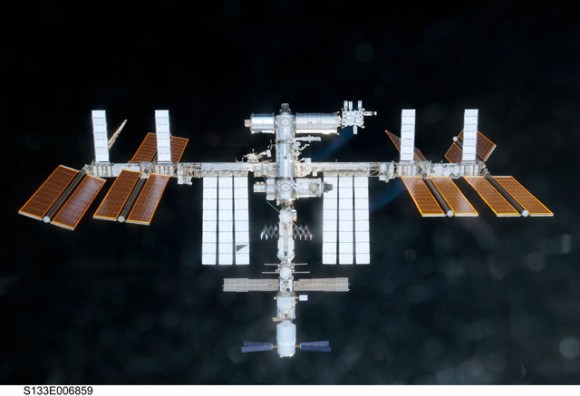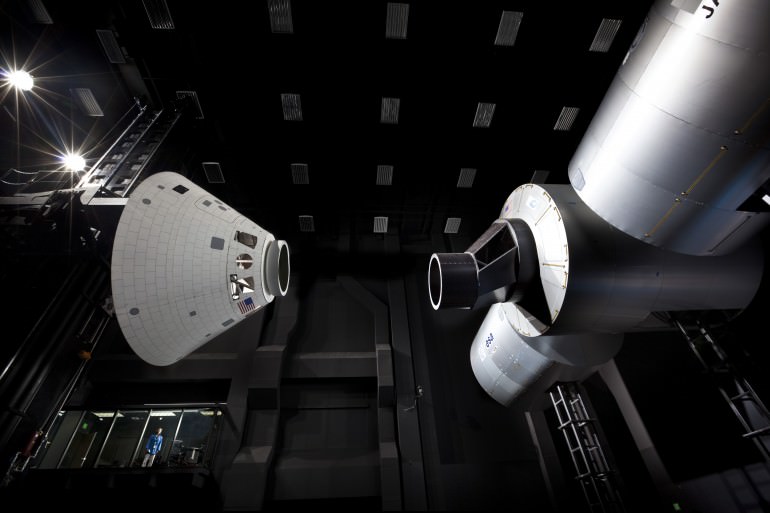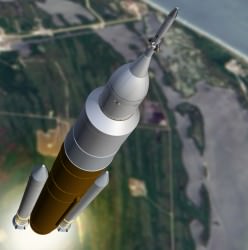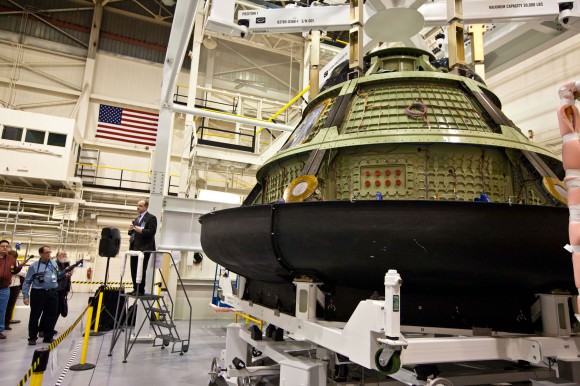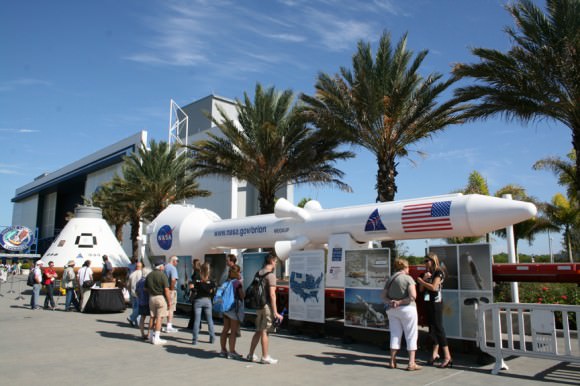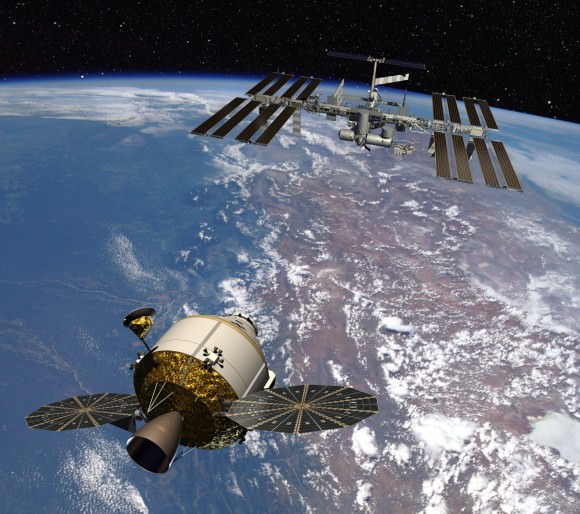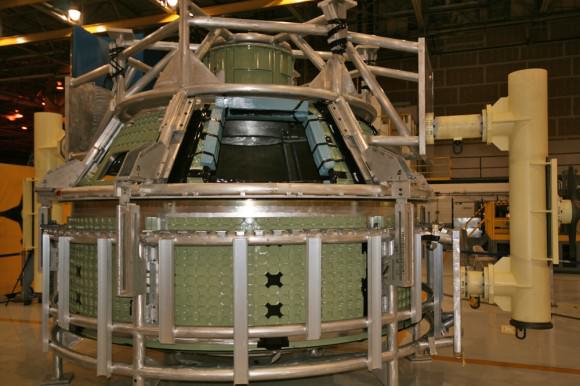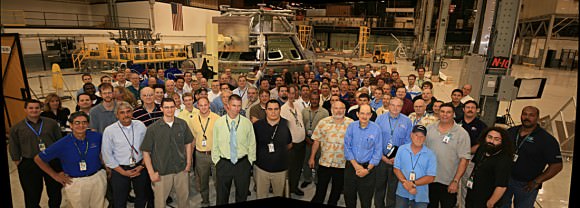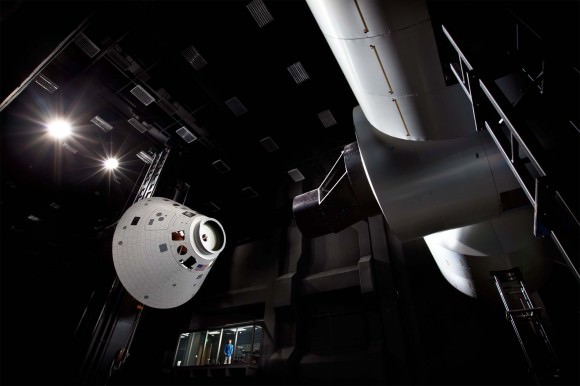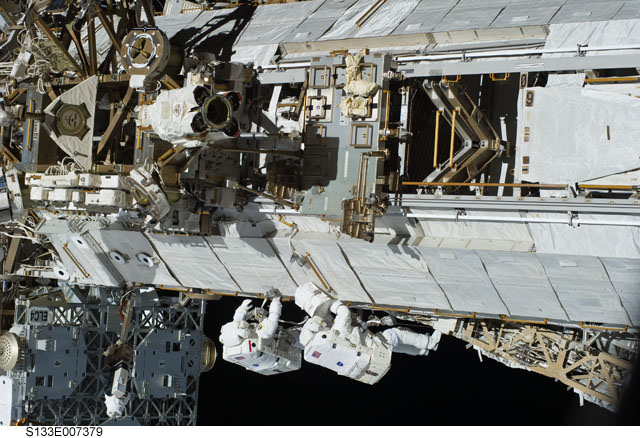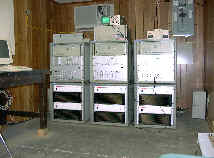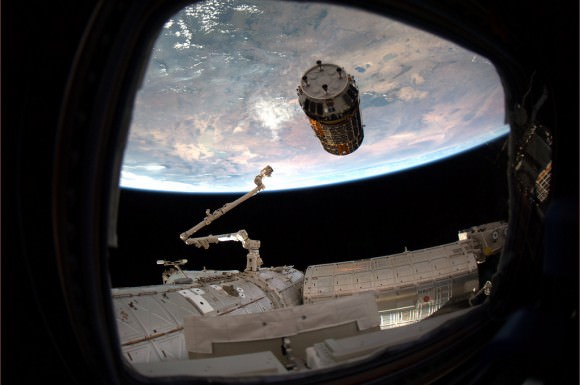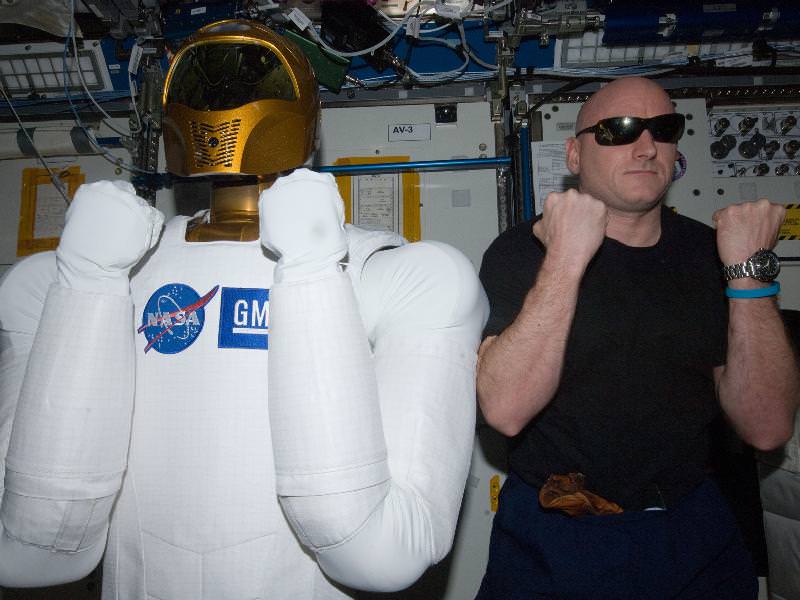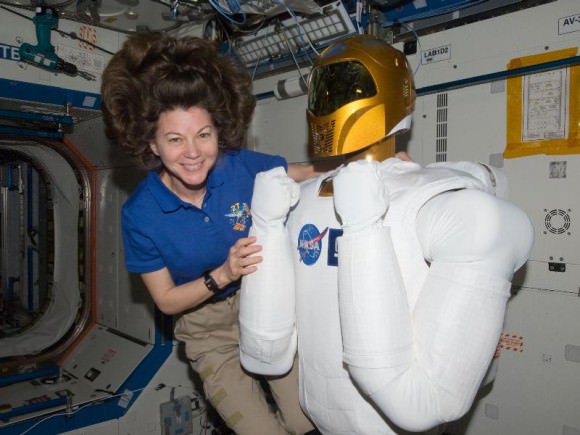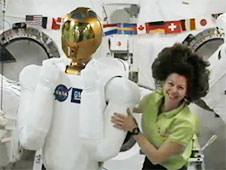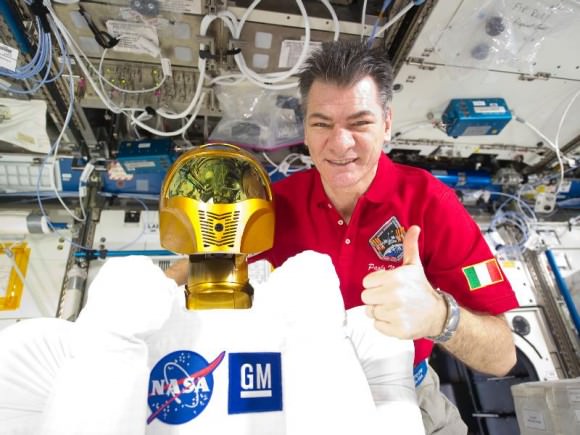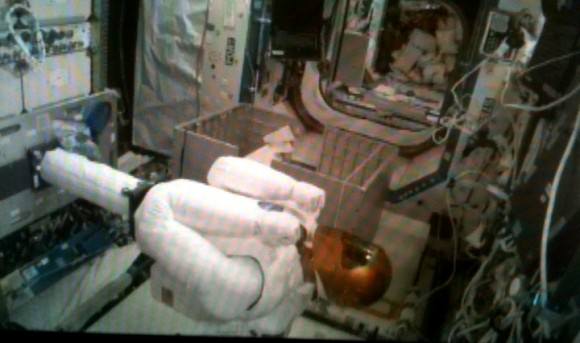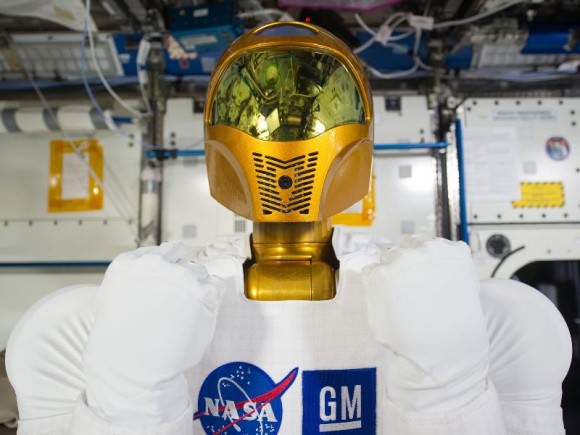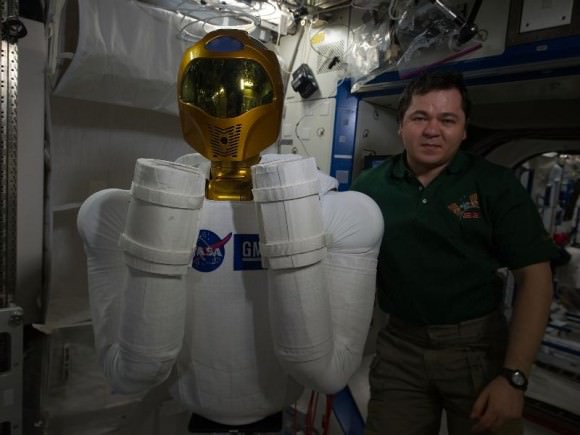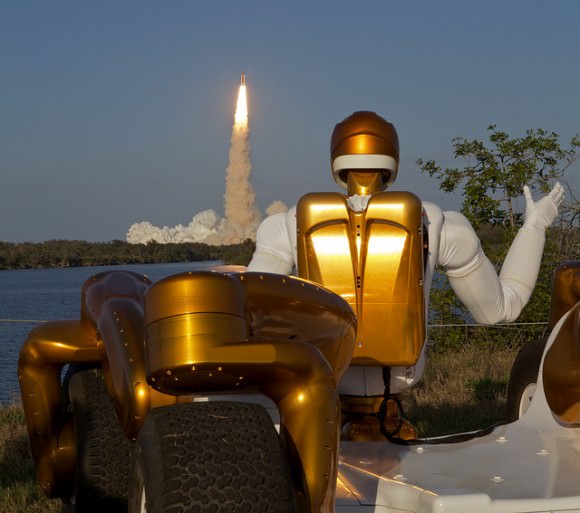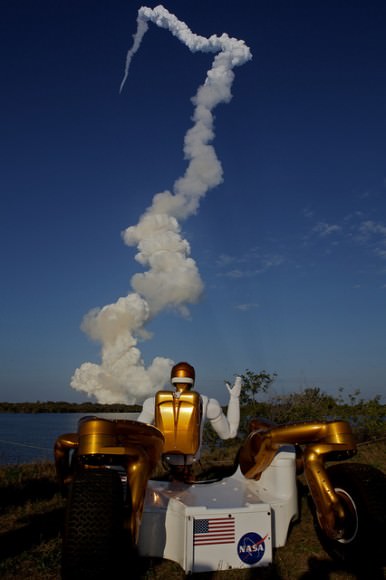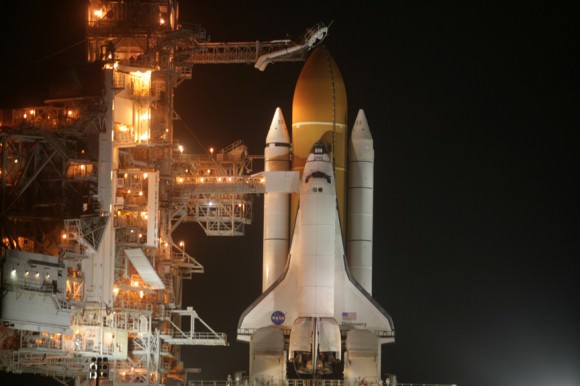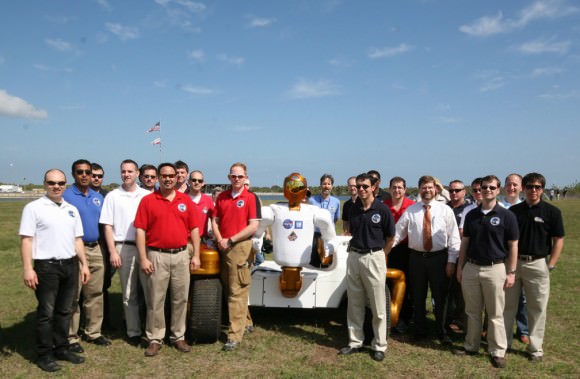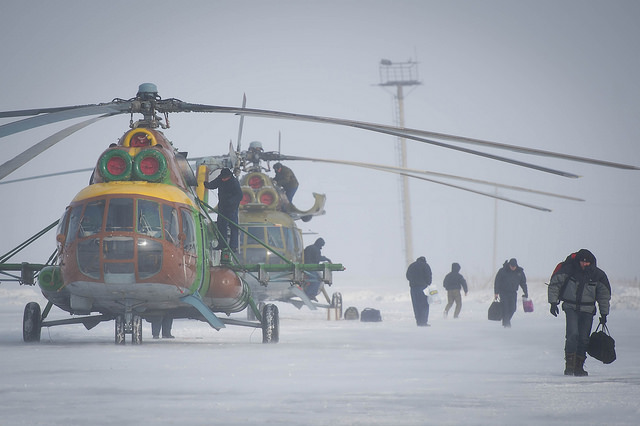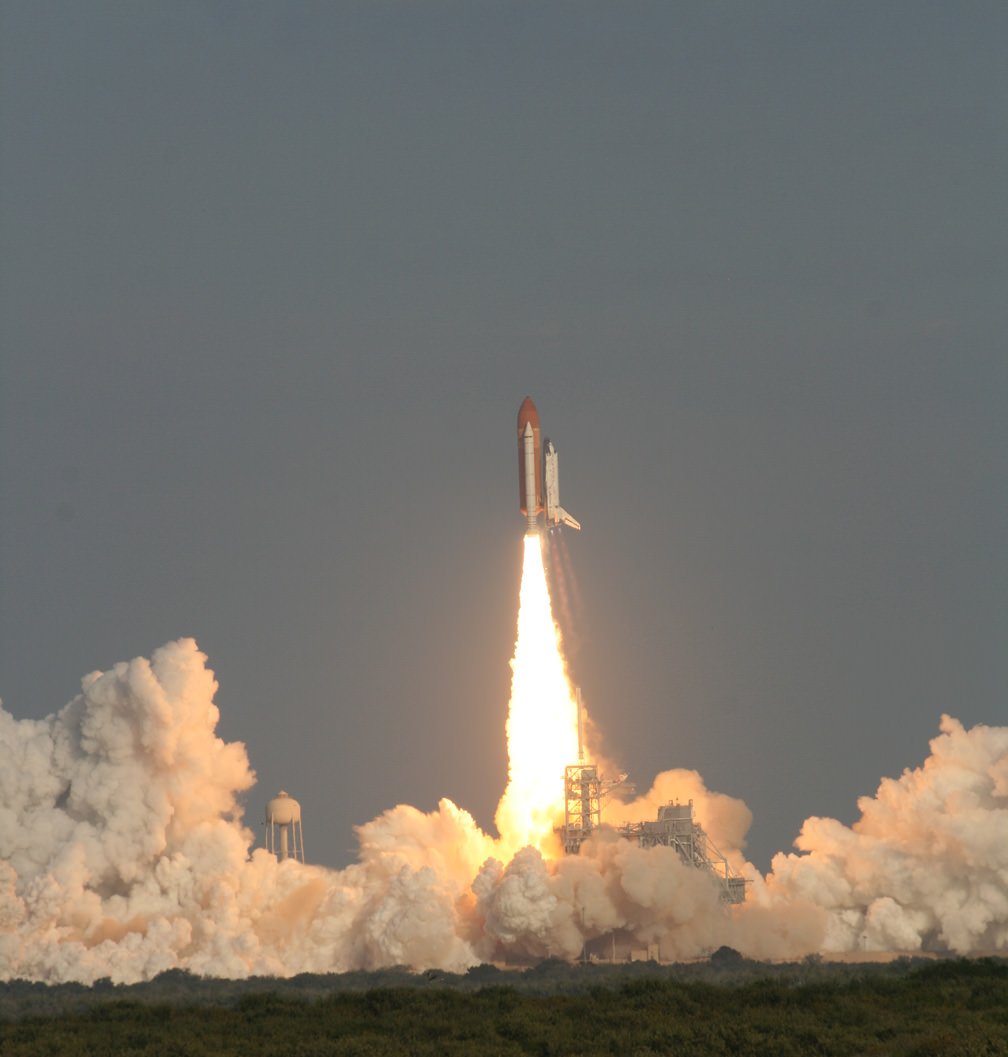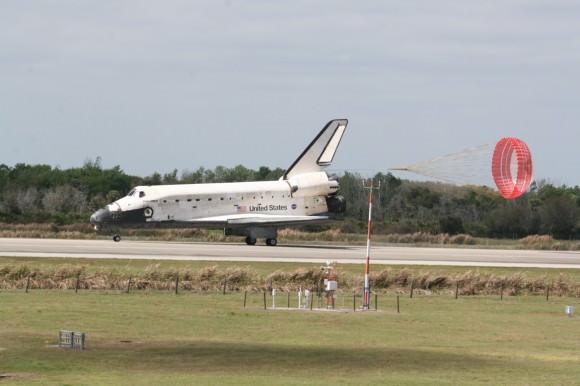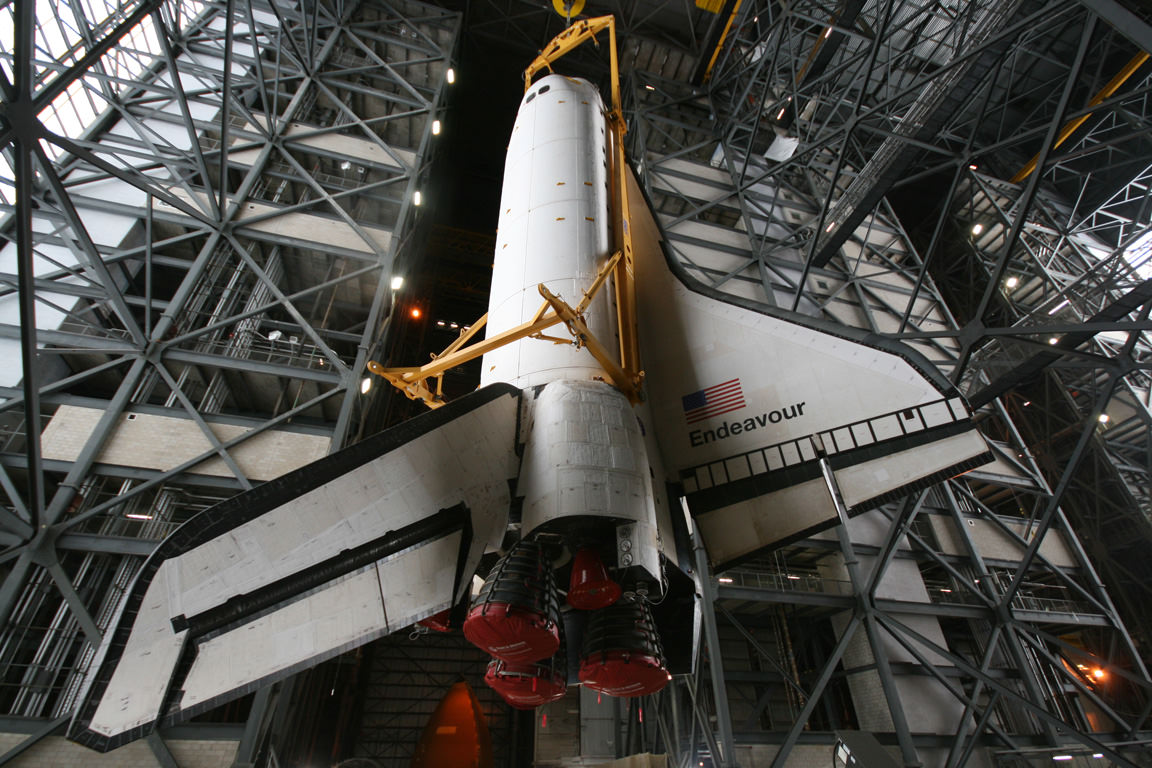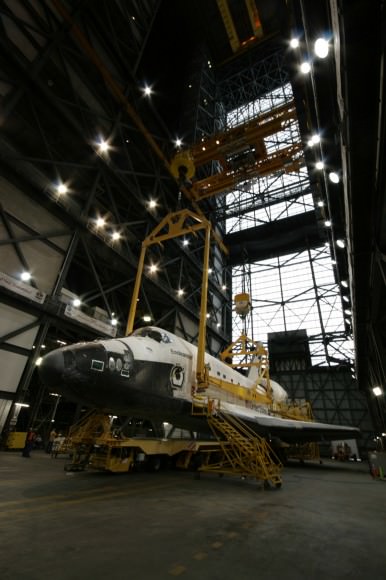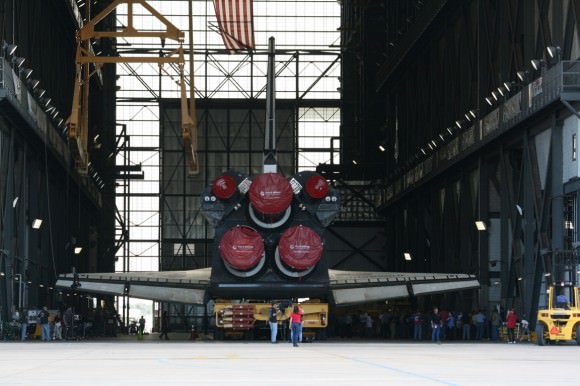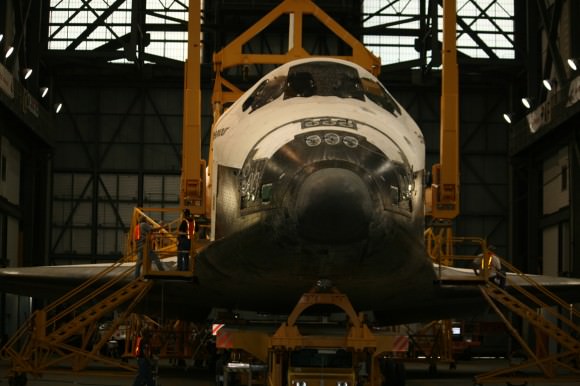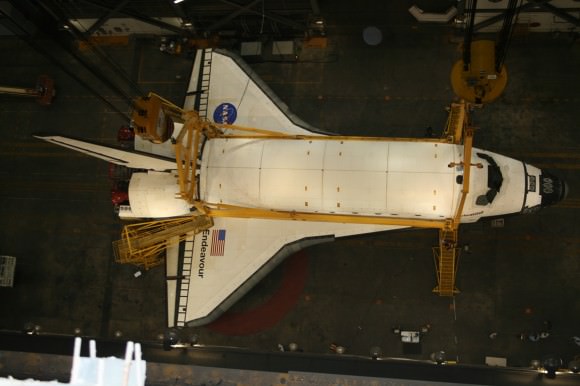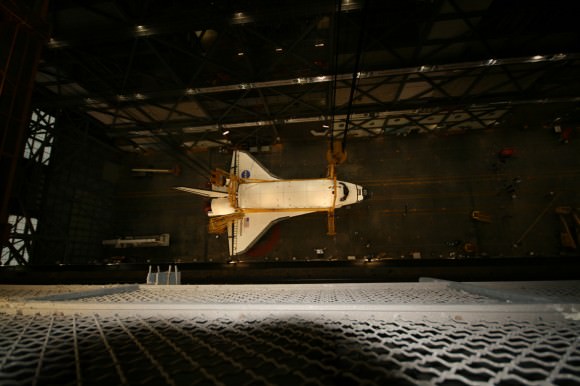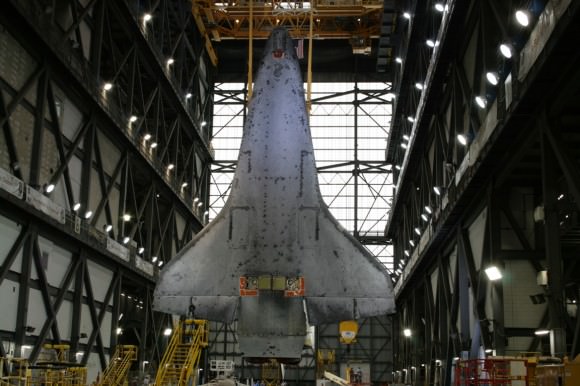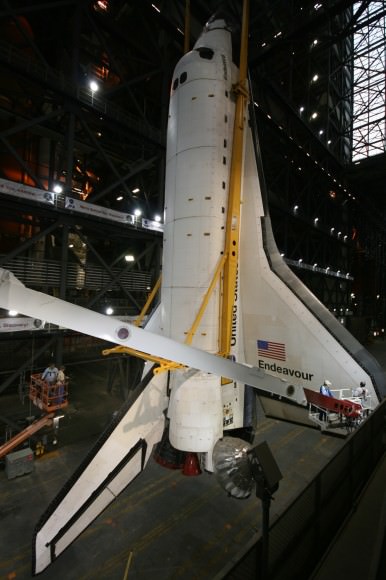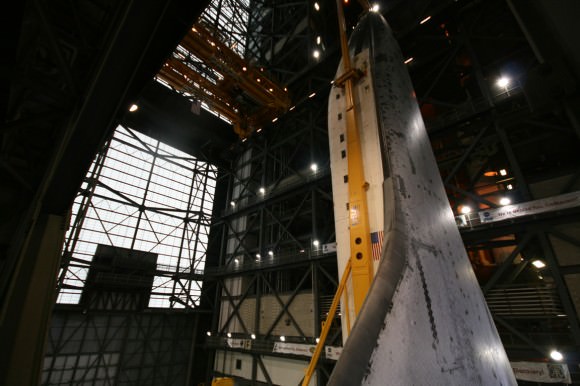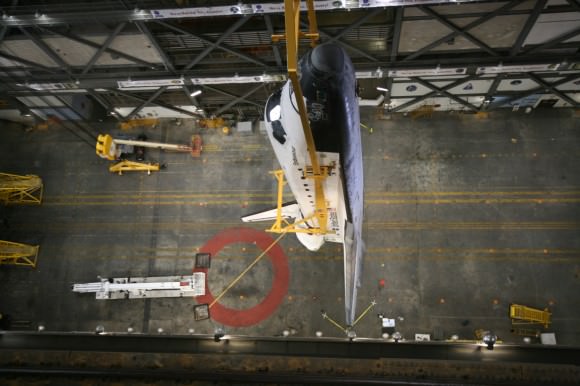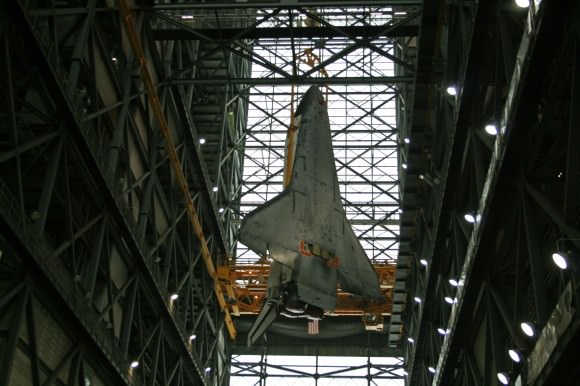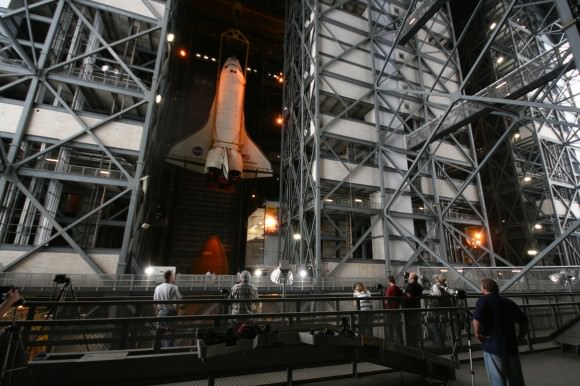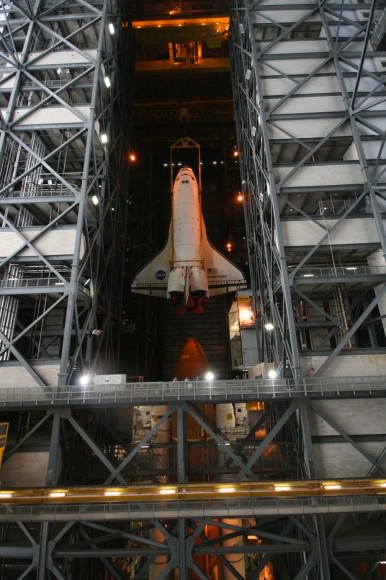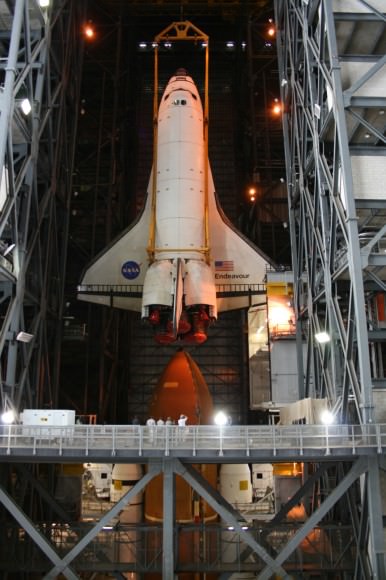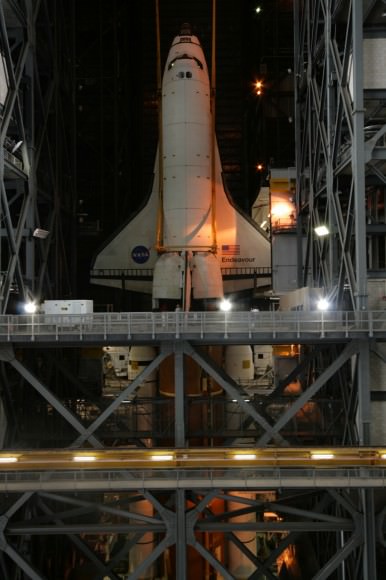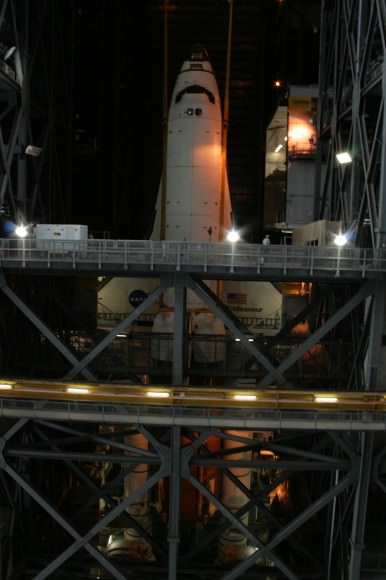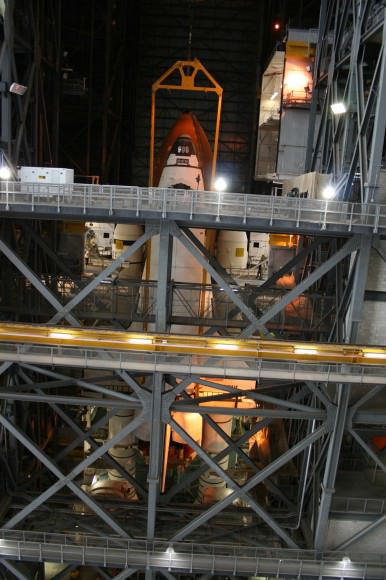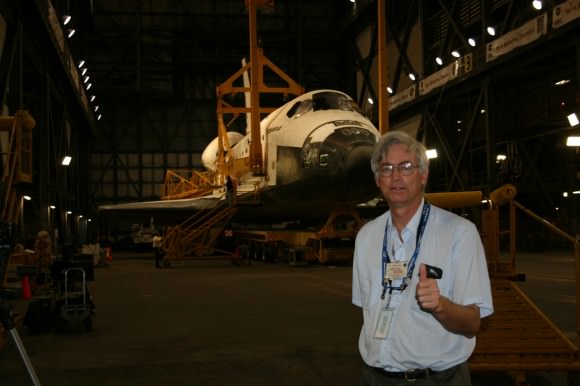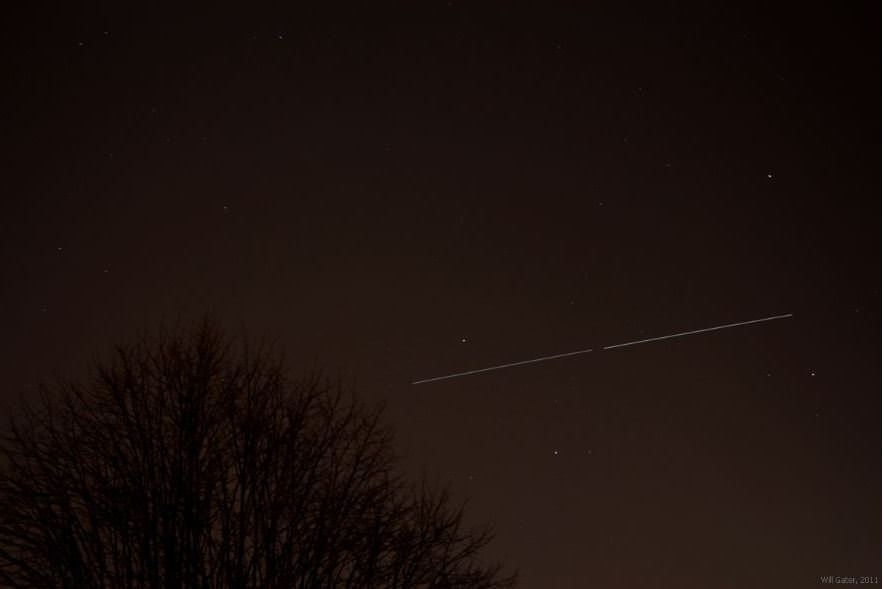[/caption]
Just a bit of a traffic jam at the International Space Station has prompted a 10-day delay of the targeted launch for space shuttle Endeavour’s 25th and final mission, STS-134. Originally scheduled for April 19, the shuttle launch is now scheduled for 3:47 p.m. EDT on Friday, April 29. The delay removes a scheduling conflict with a Russian Progress supply vehicle scheduled to launch April 27 and arrive at the station April 29. Current restrictions do not allow a Progress to dock to the station while a shuttle is there.
Meanwhile, A Russian Soyuz spacecraft emblazoned with Yuri Gagarin’s face and name is scheduled to liftoff today (Monday, April 4, 2011) at 6:18:20 p.m. EDT (22:19 GMT) from the Baikonur Cosmodrome in Kazakhstan, bringing two cosmonauts and one astronaut to the ISS to round out the current Expedition 27 crew, returning the crew size to 6. On board will be Soyuz commander Alexander Samokutyaev, flight engineer Andrey Borisenko and NASA astronaut Ron Garan.
The Soyuz will launch from the same launch pad used by Yuri Gagarin when he became the first human in space 50 years ago on April 12, 1961. The Russian Space Agency is dedicating this launch of the Soyuz TMA-21 spacecraft to the anniversary. You can watch the launch on NASA TV.
NASA managers will hold a Flight Readiness Review on Tuesday, April 19 to make sure everything is go for the April 29 launch date for STS-134. The primary goals of Endeavour’s mission are to deliver critical supplies and equipment to the International Space Station, along with a $2 billion Alpha Magnetic Spectrometer, a particle physics experiment. Four spacewalks also are planned to carry out needed maintenance on the orbiting lab complex.
The shuttle launch is already generating a lot of interest – not only because it is Endeavour’s final flight, but also because Commander Mark Kelly’s wife, Congresswoman Gabriel Giffords, is hoping to be present at Kennedy Space Center for the liftoff. She was shot in the head in January of this year, but has recovered sufficiently to consider attending her husband’s final shuttle launch.
One other item of note: NASASpaceflight.com is reporting that a Soyuz flyaround is being considered again while the space shuttle is docked at the ISS. NASA had requested such a flyaround during the previous shuttle mission, STS-133, to be able to take images—both engineering and documentary – of the ISS with spacecraft from each of the partnering space agencies present. Japan’s HTV-2 has now departed, so if the flyaround is approved to take place during the STS-134 mission, that spacecraft would, of course, be missing from the family photo.

